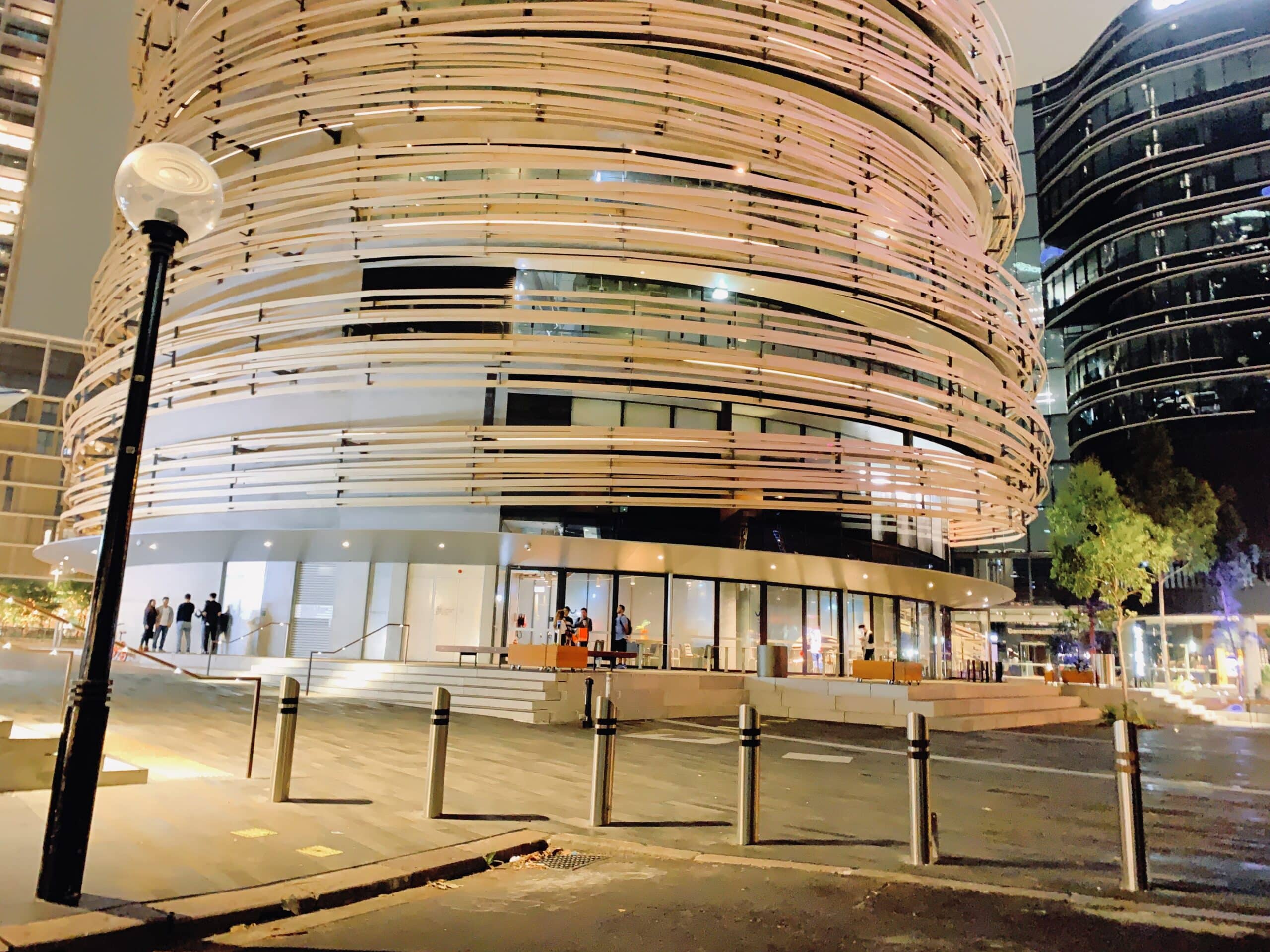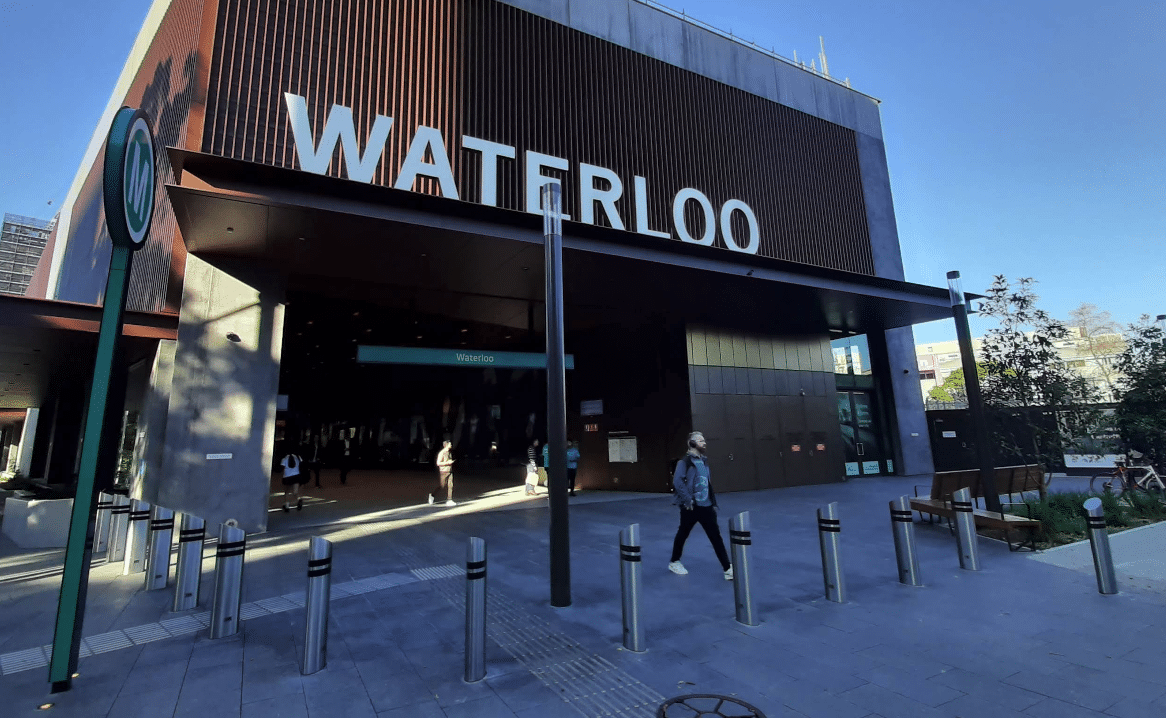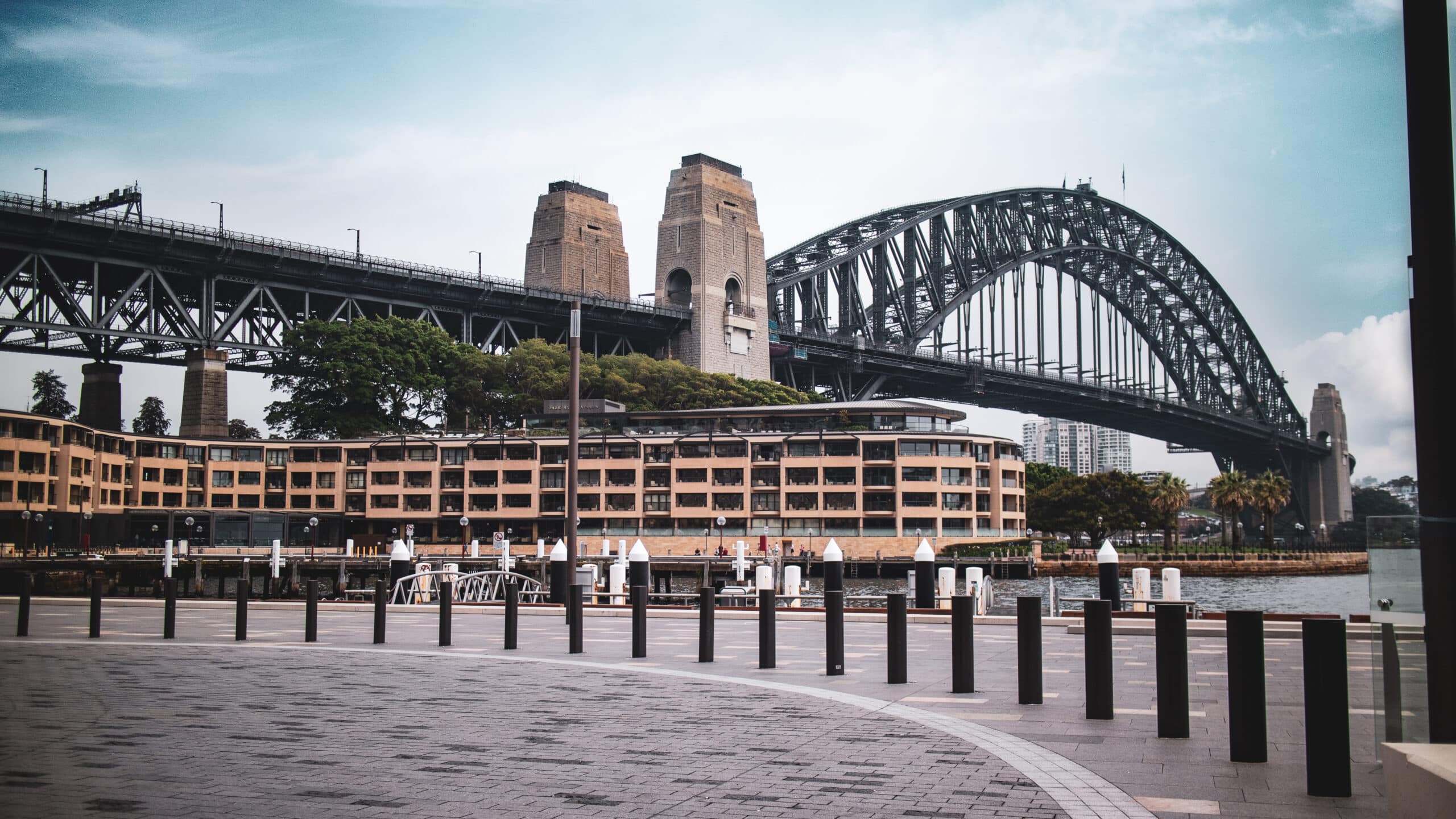
As societies grow and urban environments continue to evolve, the likelihood of accidental or deliberate vehicle-related incidents in public spaces also increases. From bustling city centres to pedestrian zones and government facilities, the need to protect people and property has never been more critical. This is where Hostile Vehicle Mitigation (HVM) systems come into play.
Typically comprising bollards, barriers and gates, these systems are designed to prevent unauthorised vehicles from breaching secure areas. They serve as the first line of defence, safeguarding both public and private spaces from potential threats while maintaining the flow and accessibility essential in everyday environments.
However, having these systems in place is only part of the solution. It is equally important to ensure that the products used are crash-rated. Crash-rated solutions have been rigorously tested to withstand the force of vehicular impact, ensuring reliable protection even under extreme circumstances. This level of performance is vital for sites of all kinds: from commercial and retail developments, to government buildings and crowded public areas such as pedestrian crossings.
Also, effective public safety measures should not come at the expense of accessibility. A well-designed crash-rated solution balances both, providing robust protection without disrupting the openness and usability of shared spaces.
But what exactly makes a product crash-rated and how is its performance tested?
How Crash-rated Barriers And Bollards Work
Crash-rated products such as bollards, barriers and gates undergo controlled crash tests to determine their ability to resist vehicular force. During testing, a vehicle of specified weight and speed is deliberately driven into the product to assess its stopping power, level of penetration and overall structural integrity. The results of these tests determine the product’s performance rating, ensuring it meets strict international standards for safety and reliability.
At the core of these solutions are reinforced materials and energy-absorbing designs. High-strength steel, reinforced concrete and composite materials are commonly used to achieve the necessary resistance and durability. Many systems are engineered with internal energy-mitigating mechanisms that dissipate kinetic energy upon impact.
These qualities minimise structural damage while ensuring that the vehicle is effectively immobilised. Some designs use shallow-mount foundations, making them suitable for installation in areas with underground constraints (such as utilities or car parks), without compromising protection.
Crash-rated systems are certified according to several internationally recognised standards, each developed to assess and benchmark performance under different testing conditions:
-
ASTMF2656 (United States):
This standard, developed by the American Society for Testing and Materials, classifies barriers based on the vehicle’s speed and the level of penetration after impact. It is widely used in North America and internationally.
-
PAS 68 (United Kingdom):
The Publicly Available Specification 68 was one of the first standards to define the performance classification of vehicle security barriers. It details how a product should be tested and categorised according to impact severity.
-
IWA 14 (International)
The International Workshop Agreement 14 represents a globally harmonised standard that combines elements from PAS 68 and ASTM, allowing for consistent evaluation and comparison of products across international markets.
As of September 2024, the British Standards Institution (BSI) introduced ISO 22343, replacing both IWA 14 and PAS 68. ISO 22343 is now the definitive standard for testing the performance of vehicle security barriers—such as bollards, barriers, and road blockers—against vehicle impact.
Testing under ISO 22343 provides consistent, standardised results that enable manufacturers to certify compliant products and allow end users to easily compare HVM solutions across brands.
While ISO 22343 supersedes IWA 14 and PAS 68, there is no requirement for manufacturers to retest previously certified products; existing certifications under the earlier standards remain valid.
Applications And Real-life Examples Of Crash-rated Solutions
Crash-rated protection applications span from everyday urban settings to high-security sites which protect lives, property and infrastructure…
Public and Pedestrian Spaces
In the UK and Europe, urban and retail precincts often use shallow-mount PAS 68-rated bollards and reinforced planters that blend seamlessly with the landscape while offering strong impact resistance.
Government and Critical Infrastructure
Embassies, defence facilities and utilities employ IWA 14-certified gates and barriers to deter unauthorised access and withstand high-impact collisions.
Transport and Logistics Hubs
Airports, train stations and ports rely on rated bollards and gates to manage traffic flow and prevent accidental or hostile vehicle intrusions.
These examples show how crash-rated solutions are not theoretical or purely specialised, but that they are already being applied in urban design, road safety and public realm protection.
Long-term Benefits Of Crash Rated Protection For Urban Safety
Modern crash-rated solutions embrace additional aspects to safety. They are now designed with long-term performance and adaptability in mind. Key advantages include:
- Architectural versatility: Available in a range of finishes and designs, crash-rated barriers can complement both traditional and modern spaces without compromising security.
- Adaptability to future needs and threats: Modular systems can be upgraded or reconfigured to align with evolving urban layouts and security risks.
- Low maintenance and durability: Constructed from reinforced and corrosion-resistant materials, these systems deliver lasting performance with minimal upkeep.
- Integration with smart systems: Many solutions can integrate with access control, surveillance and alert systems to enhance monitoring and response capabilities.
EZI Security Systems: Your Leading Partner In Crash-rated Protection Solutions
As urban environments evolve and vehicle-related threats become more frequent and complex, choosing the right partner for crash-rated protection is vital.
At EZI Security Systems, we provide end-to-end capabilities, ranging from consultation and site assessment, to tailored HVM solutions, installation and ongoing maintenance. Our team ensures that every project meets the highest international crash standards and aligns with Australian urban planning regulations.
With proven expertise and a commitment to safety and compliance, EZI Security Systems helps safeguard your assets, people and spaces with reliable, certified protection you can trust.
Contact us today to discuss a customised solution that meets your unique needs.





